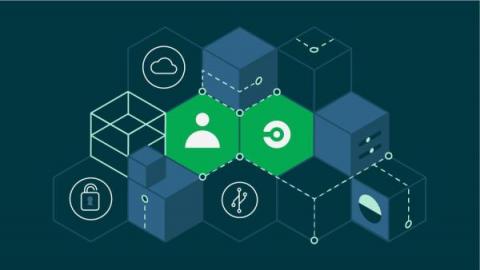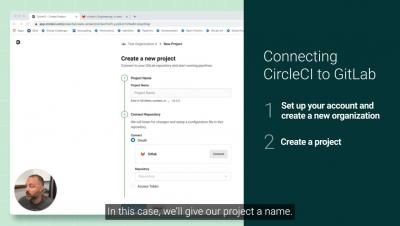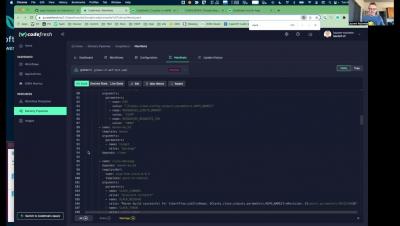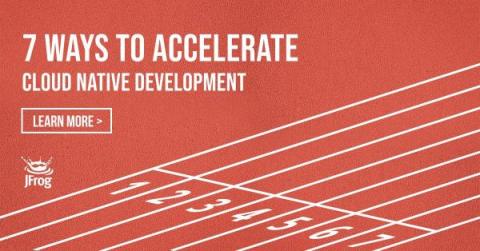The New Hosted Gitops Platform Experience from Codefresh
Last month we announced the 3 major features we are adding to the Codefresh platform. Dashboards for DORA metrics, support for any external Continuous Integration system and a hosted GitOps service. The hosted GitOps experience (powered by Argo CD) is now available to all new Codefresh accounts (even free ones) so that simply by signing up you can start deploying applications right away to your Kubernetes cluster without having to maintain your own Argo CD installation.











